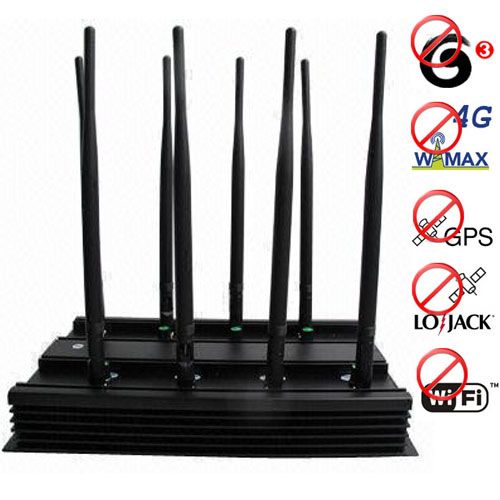
✅ Take action: If hackers take over your Wi-Fi network, your bank account, email, and other online accounts could be at risk. For instance, a hacker can conduct a DNS hijacking attack by breaking into your router and changing the DNS settings so that it redirects your traffic to harmful phishing websites. DNS hijacking: Cybercriminals can also trick you into visiting malicious sites using an emerging cyber threat.Exploiting an unpatched firmware vulnerability: Cybercriminals can exploit an unpatched firmware vulnerability to access the router’s internal settings. If your home has an internet connection, it’s vulnerable to being hacked by a skilled cybercriminal, regardless of whether you’re using a firewall or not.You should also create a unique SSID (wireless network name). That’s why you should always change your router’s default password.
CELL PHONE WIFI BLOCKER PASSWORD
Using the manufacturer’s default password: Wi-Fi hackers will use the manufacturer’s default admin password to gain access to your router and change its settings.If your Wi-Fi password is cracked, hackers will change the password and lock you out of your home Wi-Fi. Brute-force hacking your Wi-Fi password: Hackers can try hundreds of different password combinations to gain access to your router’s internal settings.

Unfortunately, the average person is not familiar enough with this problem, nor are they aware of the solutions available to protect their home Wi-Fi from being hacked. Millions of households are still using outdated and unpatched routers. It’s not just multinational corporations that are at risk of router hacking consumers are at risk, too.īecause working from home increased during the coronavirus pandemic, hackers are increasingly targeting home Wi-Fi networks. While Wi-Fi hacking isn’t as common as ransomware or other types of social engineering attacks, it’s still a significant threat.įor example, a hacker exploited an unprotected router to steal the data of 50 million T-Mobile customers.

Hackers can hack your router, spy on your Wi-Fi connection and even eavesdrop on your conversations to steal personal information such as credit card details, passwords to your social media accounts, and even compromise your online banking apps. Whether you’re working remotely from a coffee shop, checking email from an airport lounge, or streaming Netflix from home - your Wi-Fi connection (yes, even your home network) may be vulnerable to attacks from cybercriminals.


 0 kommentar(er)
0 kommentar(er)
